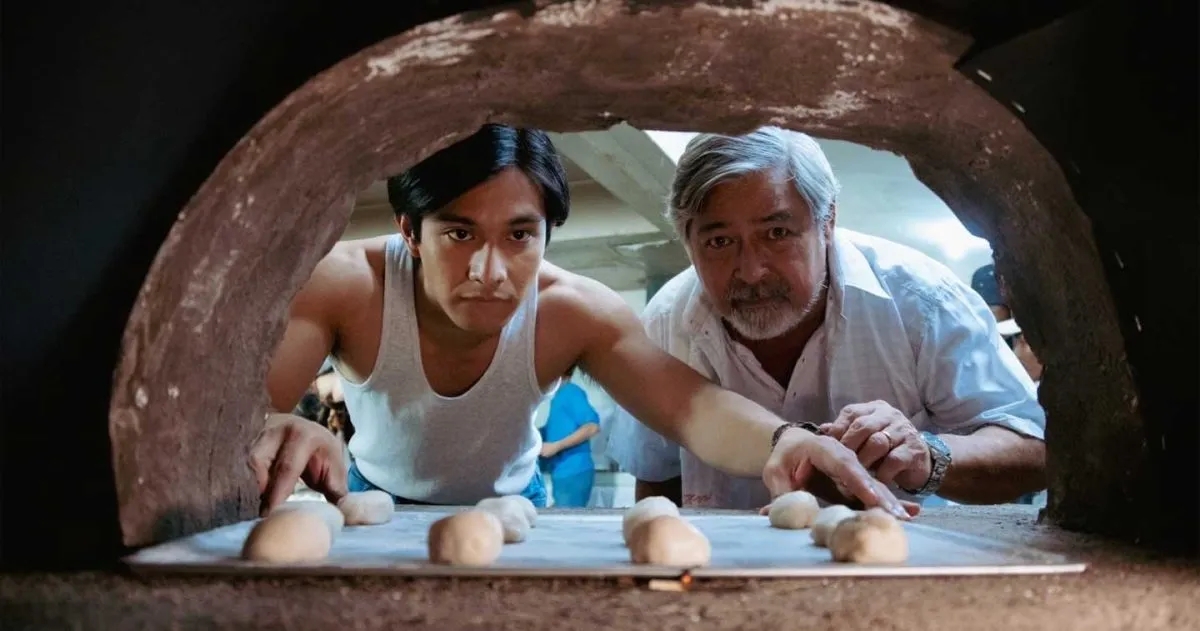.jpg)
Sampaguita, National Flower (Francis Xavier Pasion, 2010)
Sampaguita, National Flower opens with Philippine national symbols as paraded by Filipinos living in the margins of society under the proud melody and rhythm of the national anthem. The ironies are instantly and efficiently made obvious by Pasion’s cinematic irreverence. The narra, the national tree, plays private quarters to a gay man and his underage victim. The Philippine eagle, the national bird, and the bahay-kubo, the national dwelling place, are only prints on faded t-shirts worn for convenience, hardly for pride. The sampaguita, the national flower, pure in its whiteness and alluring with its distinct fragrance yet produced and peddled in the streets by the most exploited of Filipinos, is perhaps the biggest and most readily apparent irony of them all.
In Sampaguita, National Flower, Pasion puts himself in the position of Jay, utilizing the power of the moving image to expose social ills and in turn, to elicit even from the most cynical of souls some sort of guilt or pathos for the sorry state of his several subjects who are a handful of children deeply entrenched within the sampaguita trade. Thus, he fashions his film like a charity ad with the children over a white background answering questions thrown by Pasion that probe deep into their shared poverty. Bulk of the film however places the audience outside the comfortable controlled environment of the interview room. He follows the children as they walk the streets selling fragrant necklaces adorned by sampaguita buds, begging for leftover food, or just gallivanting, allowing the night to pass. Clearly, these films are directed, with the scenarios derived from children’s experiences, aspirations and fears, and the children themselves acting out their lives.
It’s effective filmmaking, to say the least. If Pasion’s intent is to emphasize the pathetic state of the country, where the moneyed middle class inhabit the same space as the poorest of the poor, with the former accepting the obvious inequity as if it were a normal part of life, then Sampaguita, National Flower is a triumph. There are more than enough images of dehumanizing suffering inflicted on the innocent to disturb the most stubborn of spectators. However, above exposition, is there anything else to be gathered from the film? If there are, they have been so overshadowed by this initial and most obvious intent.
Jay worked in so many levels: as an exposé of the murders of homosexual men; as an indictment of media as tool for exploitation; and as an earnest reminder that cinema, although harbinger of certain truths, is still a human creation. In comparison, Sampaguita, National Flower feels like an abandonment of all these themes and directions. There is a feeling that Pasion has regressed from the self-conscious and self-aware cinema of his first feature to this feature, where his function as director is disappointingly more provocateur than auteur.
(Cross-published on Twitch.)







_p1%20(wm).jpg)


























1 comment:
Overindulgence is the operative word. and I agree that there's just too much Morato gallivanting.
Post a Comment